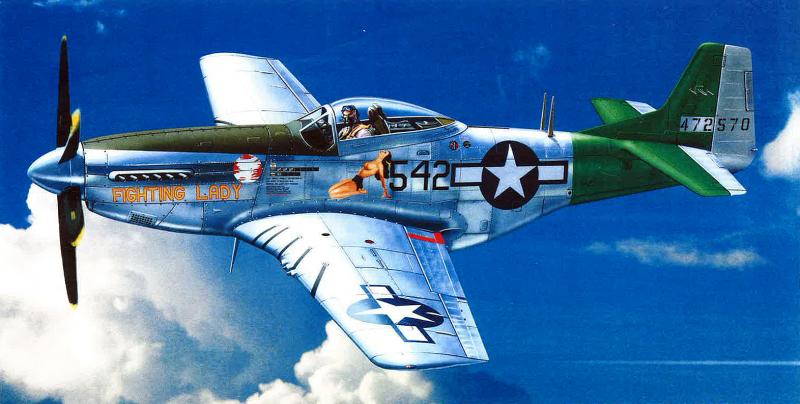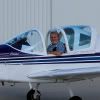Attack on El Ruweisat Ridge, 75 years ago today
Jul 15, 2017 18:06:12 GMT 12
Dave Homewood and 11SQNLDR like this
Post by emron on Jul 15, 2017 18:06:12 GMT 12
15 July 1942
New Zealand 4th Brigade and 5th Brigade captured the western end of Ruweisat Ridge near El Alamein before dawn. Without tank support, however, they suffered heavy casualties as German tanks repeatedly attacked, overrunning several positions by dusk and capturing 730 prisoners. At the eastern end of the ridge, Indian 5th Infantry Brigade, with British tank support, captured several Axis positions.
Citation for Sergeant Keith Elliott, VC - Attack on El Ruweisat Ridge, First Battle of El Alamein.
At dawn on 15 July 1942 the battalion to which Sergeant Elliott belonged was attacked on three flanks by tanks. Under heavy tank, machine-gun and shell fire, Sergeant Elliott led the platoon he was commanding to the cover of a ridge three hundred yards away, during which he sustained a chest wound. Here he re-formed his men and led them to a dominating ridge a further five hundred yards away, where they came under heavy enemy machine-gun and mortar fire. He located enemy machine-gun posts to his front and right flank, and while one section attacked on the right flank, Sergeant Elliott led seven men in a bayonet charge across five hundred yards of open ground in the face of heavy fire and captured four enemy machine-gun posts and an anti-tank gun, killing a number of the enemy and taking fifty prisoners. His section then came under fire from a machine-gun post on the left flank. He immediately charged this post single-handed and succeeded in capturing it, killing several of the enemy and taking fifteen prisoners. During these two assaults he sustained three more wounds in the back and legs. Although badly wounded in four places, Sergeant Elliott refused to leave his men until he had reformed them, handed over his prisoners, which were now increased to one hundred and thirty, and arranged for his men to rejoin the battalion. Owing to Sergeant Elliott's quick grasp of the situation, great personal courage and leadership, nineteen men, who were the only survivors of B Company of his battalion, captured and destroyed five machine-guns, one anti-tank gun, killed a great number of the enemy and captured one hundred and thirty prisoners. Sergeant Elliott sustained only one casualty amongst his men, and brought him back to the nearest advanced dressing station.
— The London Gazette, No. 35715, 22 September 1942
All of the 22nd Battalion, bar Elliott's platoon, were killed or captured during the fighting at Ruweisat Ridge. Some of the other battalions that participated in the battle also incurred heavy losses. Elliott managed to link up with elements of the 21st Battalion, the commander of which recommended him for the VC. Elliott was evacuated to hospital where he spent three months recovering from his various wounds before he returned to his battalion in September.
His VC was gazetted on 24 September 1942, but Elliott had learnt of his award the previous day. His divisional commander, Major General Bernard Freyberg, commissioned Elliott in the field as a second lieutenant shortly afterwards. He was presented with his VC ribbon by Lieutenant General Bernard Montgomery and was ordered to return to New Zealand. It is likely that this was due the desire of military authorities to keep him out of harm's way following the recent capture of the division's other VC winner, Charles Upham at Ruweisat. Elliott was unhappy at being sent home while his friends remained in the field. He was also uncomfortable with the attention he received from the public when he arrived back in New Zealand and remained modest about his achievements. He was discharged from the 2NZEF in December 1943 and resumed farming.
---------------------
Citation for Captain Charles Hazlitt Upham, Bar to VC - Attack on El Ruweisat Ridge, First Battle of El Alamein.
Captain C. H. Upham, V.C., was commanding a Company of New Zealand troops in the Western Desert during the operations which culminated in the attack on El Ruweisat Ridge on the night of 14th–15th July, 1942. In spite of being twice wounded, once when crossing open ground swept by enemy fire to inspect his forward sections guarding our mine-fields and again when he completely destroyed an entire truck load of German soldiers with hand grenades, Captain Upham insisted on remaining with his men to take part in the final assault. During the opening stages of the attack on the ridge Captain Upham's Company formed part of the reserve battalion, but, when communications with the forward troops broke down and he was instructed to send up an officer to report on the progress of the attack, he went out himself armed with a Spandau gun and, after several sharp encounters with enemy machine gun posts, succeeded in bringing back the required information. Just before dawn the reserve battalion was ordered forward, but, when it had almost reached its objective, very heavy fire was encountered from a strongly defended enemy locality, consisting of four machine gun posts and a number of tanks.Captain Upham, without hesitation, at once led his Company in a determined attack on the two nearest strongpoints on the left flank of the sector. His voice could be heard above the din of battle cheering on his men and, in spite of the fierce resistance of the enemy and the heavy casualties on both sides, the objective was captured. Captain Upham, during the engagement, himself destroyed a German tank and several guns and vehicles with grenades and although he was shot through the elbow by a machine gun bullet and had his arm broken, he went on again to a forward position and brought back some of his men who had become isolated. He continued to dominate the situation until his men had beaten off a violent enemy counter-attack and consolidated the vital position which they had won under his inspring leadership. Exhausted by pain from his wound and weak from loss of blood Captain Upham was then removed to the Regimental Aid Post but immediately his wound had been dressed he returned to his men, remaining with them all day long under heavy enemy artillery and mortar fire, until he was again severely wounded and being now unable to move fell into the hands of the enemy when, his gallant Company having been reduced to only six survivors, his position was finally overrun by superior enemy forces, in spite of the outstanding gallantry and magnificent leadership shown by Captain Upham.
— London Gazette, 26 September 1945.
At Ruweisat Ridge he was wounded and captured by the Germans. After trying to escape from captivity several times Upham was sent to the notorious Colditz Castle prison in Germany during 1944. Following his liberation in 1945 and investiture for his first, military authorities decided that his actions at Minqâr Qaim and Ruweisat Ridge merited the addition of a bar to his VC.
With this award, Upham became the third man to be awarded a Bar to the VC. The previous recipients were Captain Arthur Martin-Leake and Captain Noel Godfrey Chavasse, both doctors serving in the Royal Army Medical Corps. Martin-Leake received his VC for rescuing wounded under fire in the Second Boer War, and the Bar for similar actions in the First World War. Chavasse was similarly decorated for two such actions in the First World War, subsequently dying of wounds received during his second action. Neither of these men were combatants, so Upham remains the only fighting soldier to have been decorated with the VC and Bar.








